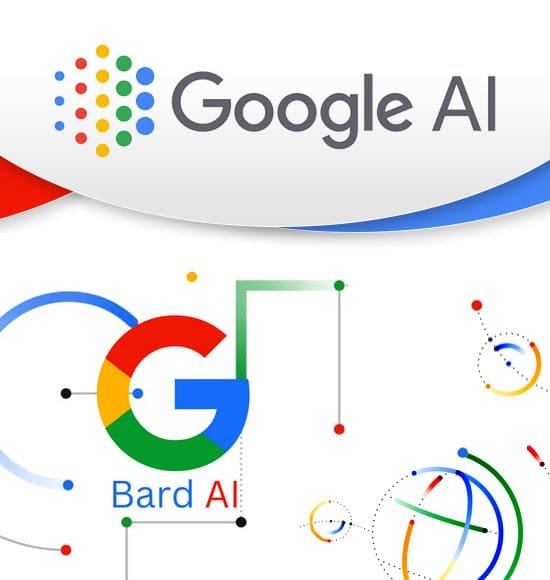BARD is a type of Artificial Intelligence model developed by Google that is based on transformer architecture. It is designed to understand and generate natural language text, such as text from news articles, books, and other sources.
BARD is trained on a large corpus of text data. Using a process known as unsupervised learning. This allows the model to learn patterns and relationships in the data without being explicitly told what to do.
One of the key features of BARD is its ability to generate high-quality text, which can be used for a variety of natural languages processing tasks, such as text classification, sentiment analysis, and language translation.
In this blog, we will explore what Google BARD AI is, how it works, and its potential applications in various fields.
What is BARD?
Google BARD AI (Bidirectional Encoder Representations from Transformers) is an advanced NLP model developed by Google.
It is based on the Transformer architecture, a type of deep learning model that is specifically designed for language tasks.
BARD can generate high-quality natural language text, such as news articles, books, and other types of content.
Google BARD AI is a type of language model that is based on the Transformer architecture, a deep learning model specifically designed for language tasks.
BARD is designed to understand and generate natural language text, such as news articles, books, and other types of content.
BARD is pre-trained on a large corpus of text data, allowing it to learn patterns and relationships in the data without being explicitly told what to do.
BARD’s name is derived from its key features – bidirectional encoding, which allows it to understand the context of words and phrases, and representations from transformers, which refers to the Transformer architecture on which it is based.
How does Google BARD AI Work?
BARD is based on a neural network architecture that is trained using unsupervised learning techniques.
It is pre-trained on a large corpus of text data, allowing it to learn patterns and relationships in the data without being explicitly told what to do.
BARD uses bidirectional encoding to understand the context of words and phrases, allowing it to generate text that is more coherent and natural sounding.
Google BARD AI uses a neural network architecture that is trained using unsupervised learning techniques. This means that the model learns patterns and relationships in the data without being explicitly told what to do.
BARD uses a self-attention mechanism to assign different weights to different words in a sentence, allowing it to understand the context of each word and generate more natural-sounding text.
BARD’s bidirectional encoding allows it to consider both the words that come before and after a given word, which helps it to better understand the context in which the word is being used.
BARD is also capable of generating high-quality text, thanks to its ability to use a decoder to generate text based on the context of the input. This allows it to generate text that is more coherent and natural sounding than other language models.
Use Cases of Google BARD
Google BARD AI has numerous potential applications or use cases. Below I have mentioned 5 major reasons for which Google BARD will most likely be used as and when it comes out.
Text generation
BARD can be used to generate high-quality natural language text for a variety of purposes. Such as content creation and storytelling. For example, BARD could be used to generate news articles or product descriptions for e-commerce websites.
Language Translation
BARD can be trained in multiple languages, allowing it to be used for language translation tasks. This could be particularly useful for businesses that operate in multiple countries or regions.
Text Summarization
BARD can be used to summarize long-form text into shorter, more manageable summaries. This could be useful for news organizations or other content creators that want to provide readers with a quick summary of an article.
Chatbots and Virtual Assistants
BARD can be used to power chatbots and virtual assistants, allowing for more natural and engaging interactions with users. For example, a virtual assistant powered by BARD could help users book flights or make restaurant reservations.
Sentiment Analysis
BARD can be used to analyze the sentiment of the text. Allowing businesses to better understand the opinions and emotions of their customers. This could be useful for businesses that want to analyze customer feedback. And social media posts to better understand how customers feel about their products or services.
Conclusion
Google BARD AI is an exciting development in the field of natural language processing. With its ability to generate high-quality natural language text and its potential applications in a variety of fields.
BARD has the potential to revolutionize the way we interact with technology and each other. As AI continues to advance, it’s exciting to imagine what other breakthroughs in NLP are yet to come.
Overall, BARD and BART are powerful tools for natural language processing and have a wide range of applications in various fields, including healthcare, finance, and marketing.








